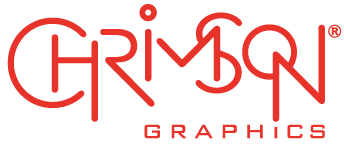A design for life, part 1
From the beginning
Poking around the web in search of an aesthetic lift just the other week, I was drawn to an online video in which an affable lady was selling a ‘positivity package’, and, whilst most of her perma-tanned pre-amble flossed through my head unnoticed, something she said caused my wiggly ears to hearken.
She remarked, to paraphrase, that to find your true purpose, your path to a life filled with contentment and wonders untold, you should think back to your biggest childhood obsession (hobbies, I supposed, not girly crushes and all that kissy stuff), particularly from the ages of 7 to 14, and that that is where you should direct your adult focus. Okay.
I was a boyhood car freak from early on, attending national and local Motor Shows — one of those annoying kids with carrier bags stuffed with pamphlets and goodies. I hoarded discarded car parts, hub caps and things in my shed.
There was always a ‘car project’ on the go, in my bedroom with car brochures spread out on the floor and the pocket 1975 Observer’s Book of Automobiles to hand (still have it). Filling exercise books with learnt-by-heart facts and figures, neatly listed and illustrated, it was the arrangement of info that I loved — pages laid out with my neatest writing, carefully-copied makers’ marques and line drawings of the cars done with ruler and felt pens.
Best friend Paul and I collaborated on several editions of Tooth, a comic we drew up on the desk in his bedroom and then stapled our pages together. A very early example of self-publishing, not bad for two kids aged 10-11. The pair of us, 32 years later, would self-publish a bunch of amazing tour guides for the town in which we grew up, but that’s another story.
Art was my favourite thing at school and I couldn’t get enough of it, until… a moment of epiphany came shimmering forth when Technical Drawing appeared on the high school timetable. Returning to the early 1970s for a moment, my dad would often take me to his workplace on a Sunday morning where I would sneak upstairs to the huge draughting office to gape in awe at the rows and rows of industrial-sized drawing boards and Rotring pens. Now Technical Drawing class was drawing me in to take the introductory steps — the application of clean lines and precision was just what was needed to keep me out of mischief.
Diving straight in, I did far more homework than was necessary — but to what end? Art + Technical Drawing = I wasn’t quite sure yet.
Continue to A design for life, part 2 >

